Before starting to talk about urban regeneration, it will be necessary to clarify the meaning of cities, in order to avoid misunderstandings about the objectives we want to achieve.
[caption id="attachment_117468" align="center-block" width="750"]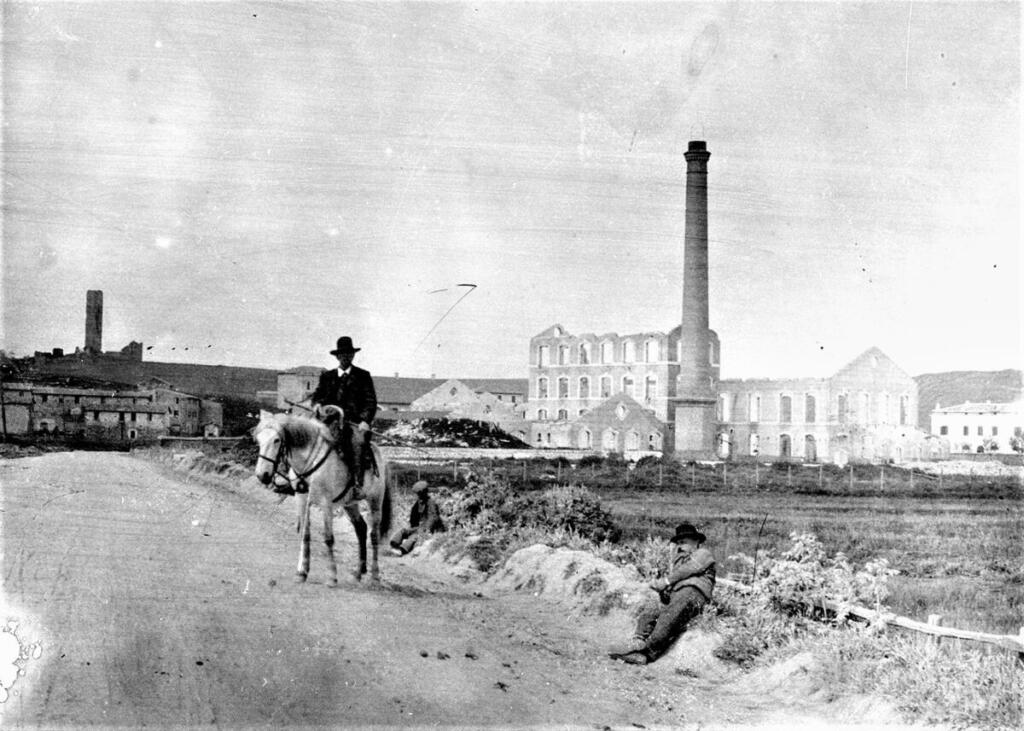 Origins - Archivio multimediale "Città Morandiana"[/caption]
Origins - Archivio multimediale "Città Morandiana"[/caption]
Today, intervening in the urban fabric means rethinking its physical structure, with a view to the needs of contemporary living and having a vision of the future, especially taking into account its identity and connotative characteristics.
The city is not ontological. Its physicality is only a part of its existence, as a complex organism. The other part, the most important, is the community thanks to which the city lives, grows and takes on a recognizable identity.
This principle, more philosophical than technical, is the prerequisite for our projects for public space. And politicians should accept the comparison, having the courage to make a synthesis between the theses that come from the study at the highest levels of scientific research and the demands coming from the settled communities.
[caption id="attachment_117471" align="center-block" width="750"]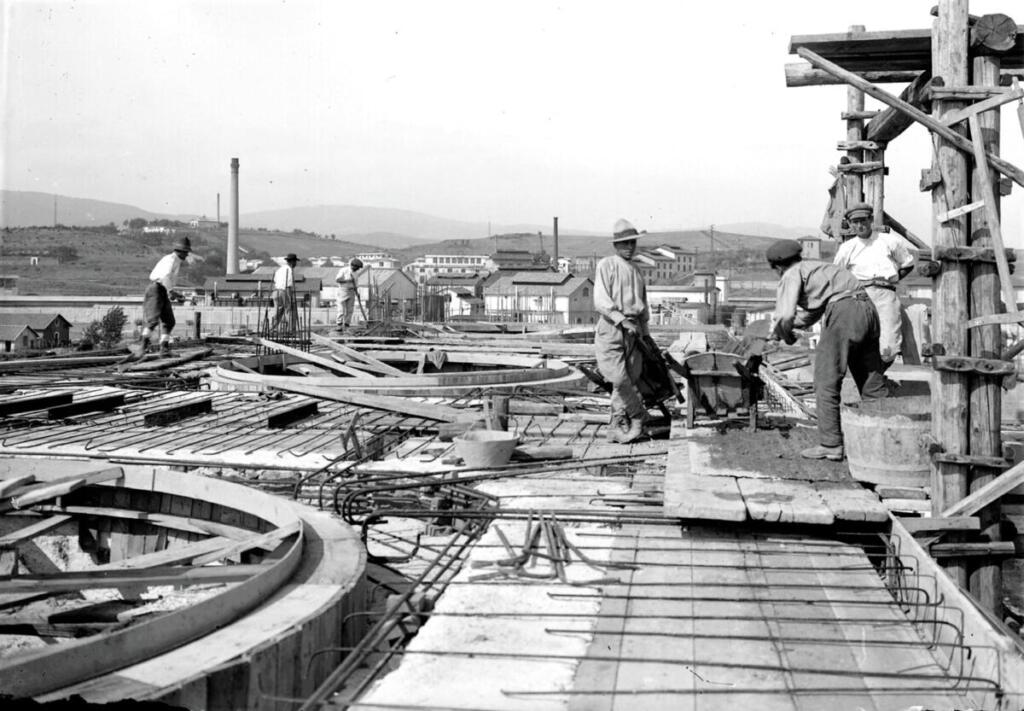 The factory is born - Archivio multimediale "Città Morandiana"[/caption]
The factory is born - Archivio multimediale "Città Morandiana"[/caption]
A public space project will thus become a concrete opportunity for an urban regeneration plan and will not be reduced to the usual sterile make-up operation. At the same time, it will be an instrument of social, cultural, economic involvement, active participation, cohesion and social inclusion for the community. The community will find, in the city, its identity and the connotative features of its belonging to it.
In this way the Ri-Gymnasium project for Colleferro was born, for which, the key was the rediscovery, protection and enhancement of the original foundation core, the Morandian City, on which a new development model is being built, for the city and the surrounding district.
[caption id="attachment_117483" align="center-block" width="750"]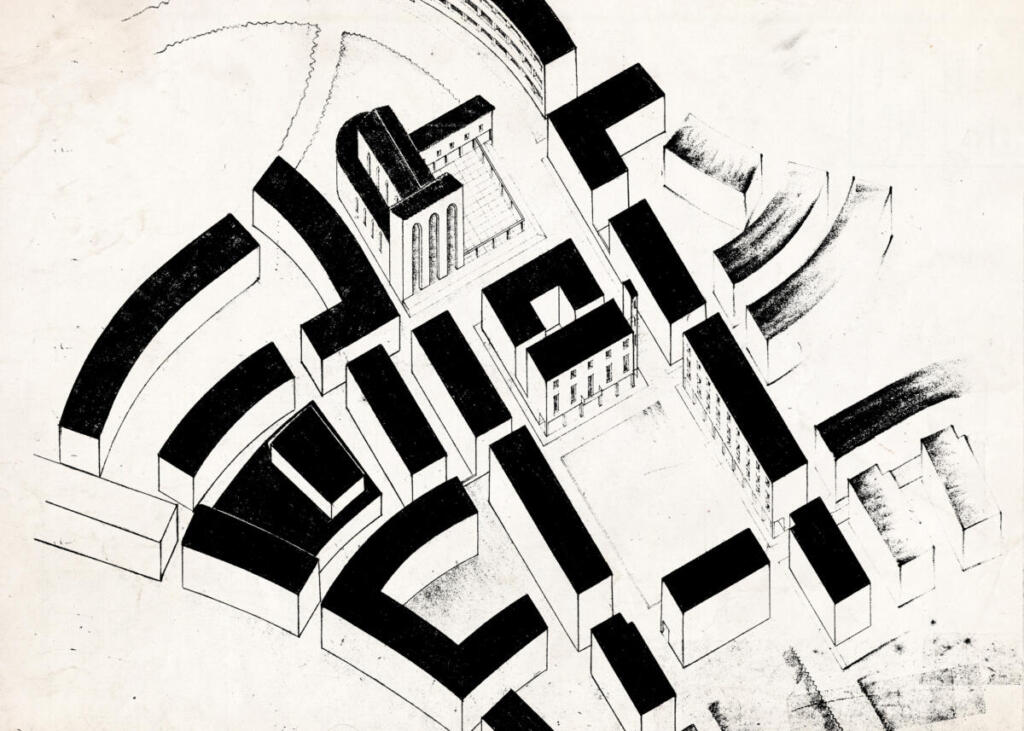 Morandi plan - Archivio multimediale "Città Morandiana"[/caption]
Morandi plan - Archivio multimediale "Città Morandiana"[/caption]
The case of the Morandian city of Colleferro
Colleferro was born from the push of the Giolitti government which needed to develop the Italian war industry and, therefore, promoted private investments for the construction of explosives factories.
[caption id="attachment_117474" align="center-block" width="750"]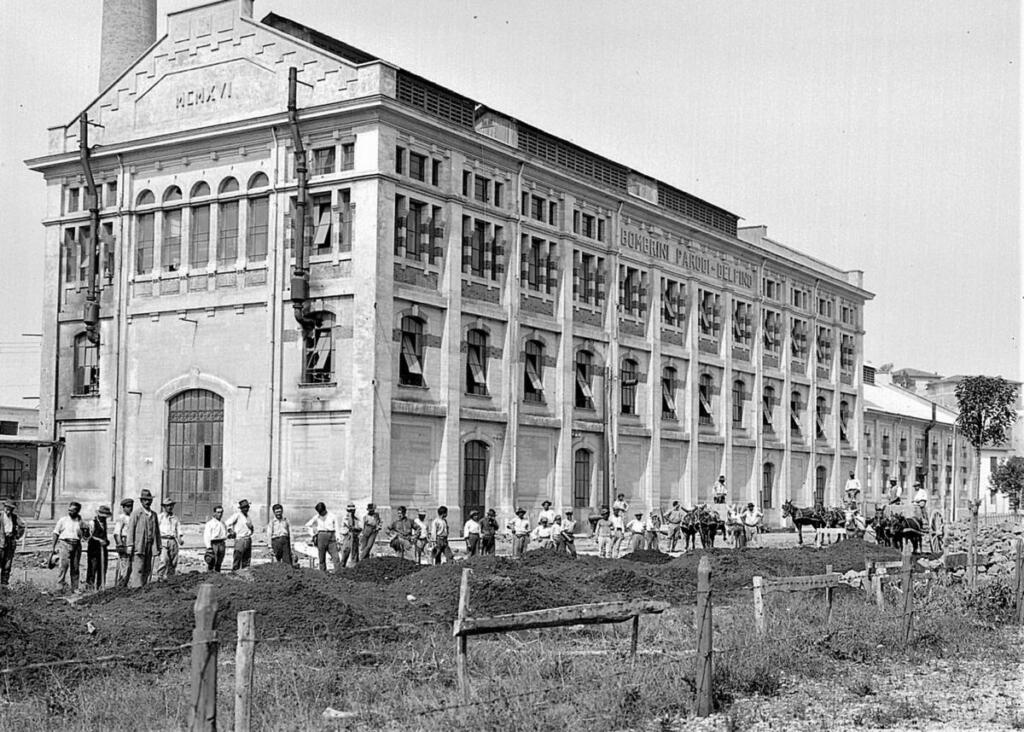 BPD factory - Archivio multimediale "Città Morandiana"[/caption]
BPD factory - Archivio multimediale "Città Morandiana"[/caption]
From this impulse, in 1912, the company B.P.D. Bombrini - Parodi Delfino was born. The factory was located in the Segni-Paliano station area south of Rome, an important communication centre that is still in the middle of any regeneration work today.
[caption id="attachment_117480" align="center-block" width="750"]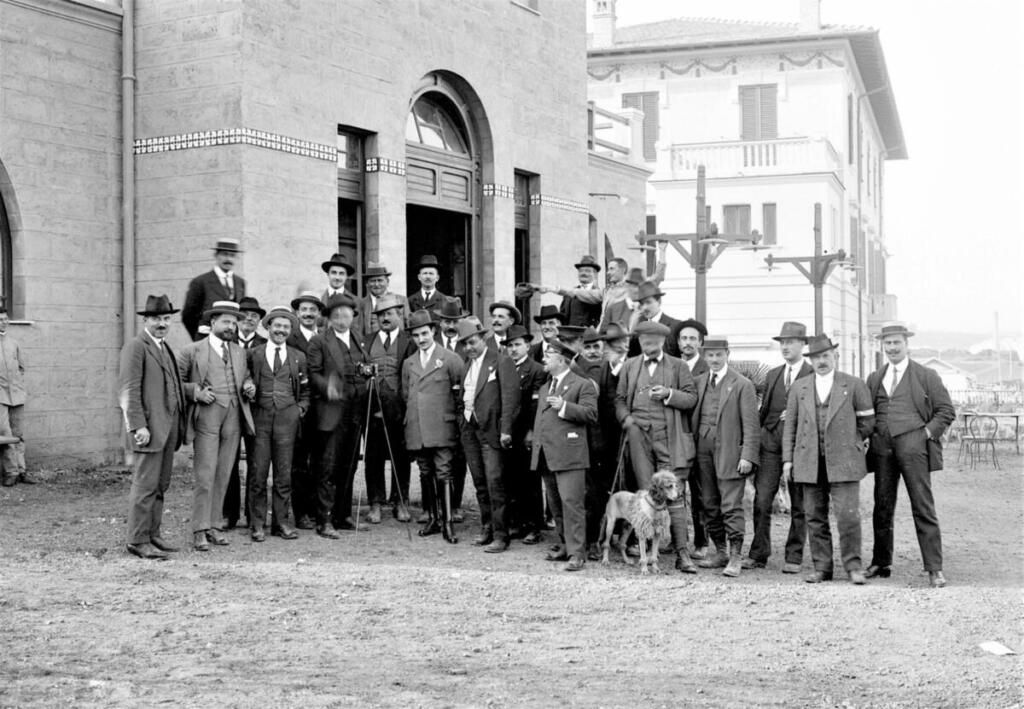 The community - Archivio multimediale "Città Morandiana"[/caption]
The community - Archivio multimediale "Città Morandiana"[/caption]
The entrepreneurial activity of the B.P.D. thanks to the intelligence and foresight of Leopoldo Parodi Delfino, combined the productive expansion with the social one, aimed at factory workers. In some ways an anticipator of some of the enlightened entrepreneurs such as Adriano Olivetti.
After the First World War, Colleferro's production began to diversify, the production area expanded and the number of workers employed grew. The foundation, in 1916, of the first free workers' village of Michele Oddini, was followed in 1935 by the birth of the new Municipality of Colleferro.
Leopoldo Parodi Delfino entrusted the young engineer Riccardo Morandi with the design of the manufacturing plan for the new city: the Morandian city was born.
Morandi who would work here until the 70s, experimented with the use of cement in its extreme and new applications, including the prestressed and the Morandi Frame, being the one that
"Had the good fortune to realize Le Corbusier's dream: to build an entire city, Colleferro" (M. Orazi).
Riccardo Morandi would say: "I entered the field of architecture through the back door, at a certain moment the others noticed that I was doing architecture".
[caption id="attachment_117489" align="center-block" width="750"] Italia Plaza - Archivio multimediale "Città Morandiana"[/caption]
Italia Plaza - Archivio multimediale "Città Morandiana"[/caption]
The centre of the Morandi Plan is represented by Piazza Littoria (today Piazza Italia), a space where the typical elements of the Foundation City are found: the portico, the Casa del Fascio (Fascist Party Room) and the town hall. The church of Santa Barbara, designed by Morandi himself, removed from the square and framed in an extremely suggestive perspective, is characterized by the portico and the bell tower, made of washed concrete conglomerate.
The monumental and rigid aspect of the civic heart of the city sinuously softens in the development of the urban plan which, in the residential area, follows the orography (slopes) of the land with formal elements attributable to an English garden city.
[caption id="attachment_117492" align="center-block" width="750"]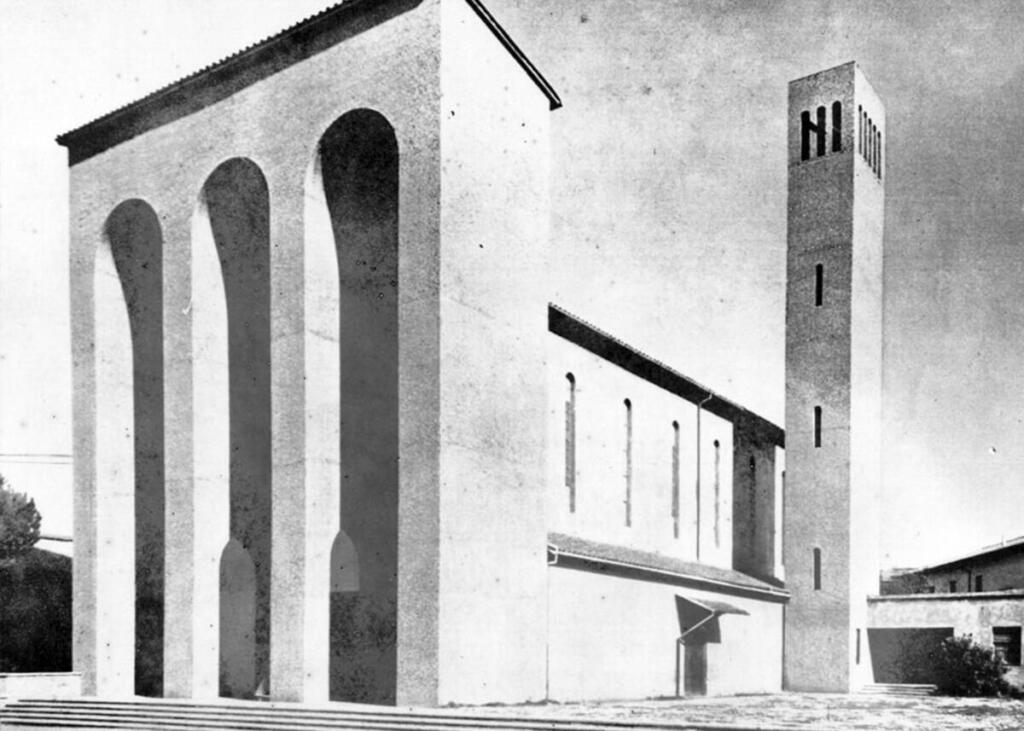 Church of Santa Barbara - Archivio multimediale "Città Morandiana"[/caption]
Church of Santa Barbara - Archivio multimediale "Città Morandiana"[/caption]
Colleferro is a synthesis of the City of Foundation of the 1900s, urbanistically born as a Liberty Worker Village, with primary housing and services for workers, and developed in the 1930s to become a Corporate City, with a typical language of rationalist architecture and the Garden City .
The intervention of Ri-Gymnasium
We started by building the networks of companies, conceived with close links to the public administration, necessary to support the Colleferro '900 project, with which to communicate the complex beauty of the urban space.
An action aimed at the outside, but also to feed the perception of the value of the foundation core among resident citizens.
With "Colleferro '900" the city has won the title of City of Culture of the Lazio Region 2018 and the core of the Foundation has become the Morandian City Monumental Complex.
[caption id="attachment_117495" align="center-block" width="750"]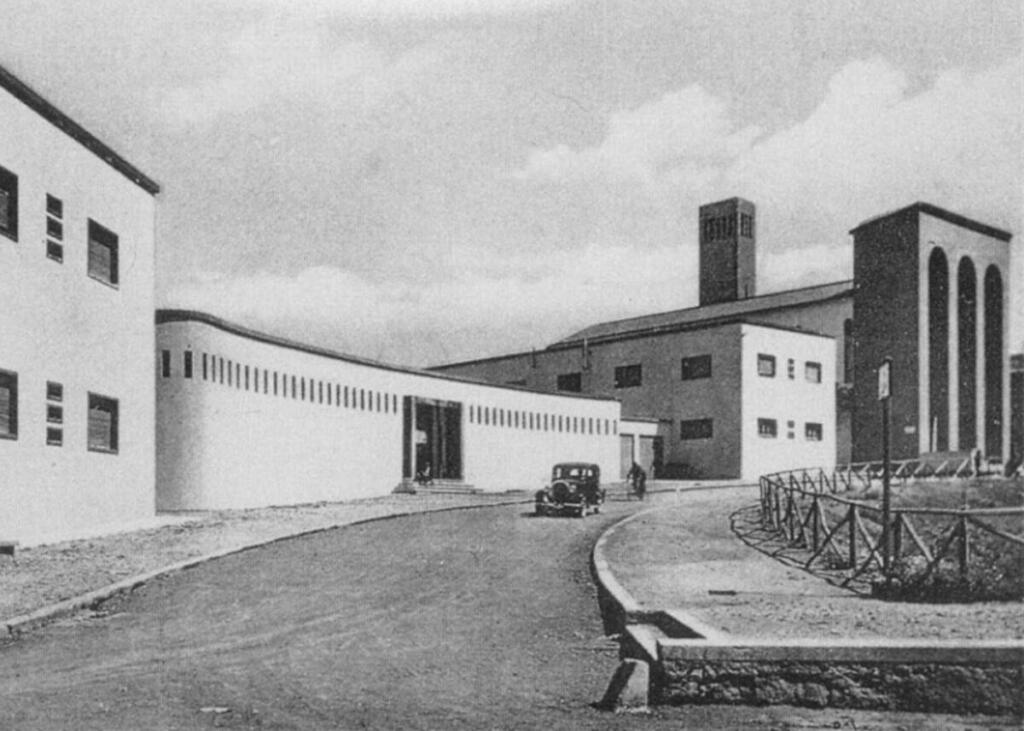 Market - Archivio multimediale "Città Morandiana"[/caption]
Market - Archivio multimediale "Città Morandiana"[/caption]
This work on identity research and communication saw the Mayor Pierluigi Sanna and the entire municipal administration as leaderss, in a shared and wide-ranging vision. Thanks to sharing, it has triggered a process of renewed awareness and pride, in resident citizens and in those arriving from outside, with respect to the perception of the value and beauty of the city.
All this, combined with a coherent work on the physical quality of the urban space and the structures that are part of it, has allowed Colleferro to be declared European Capital of Space 2021.





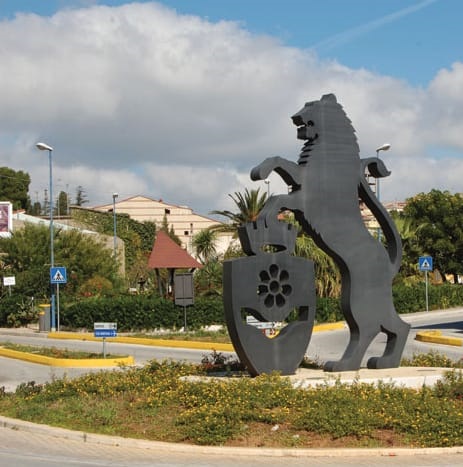


Follow us